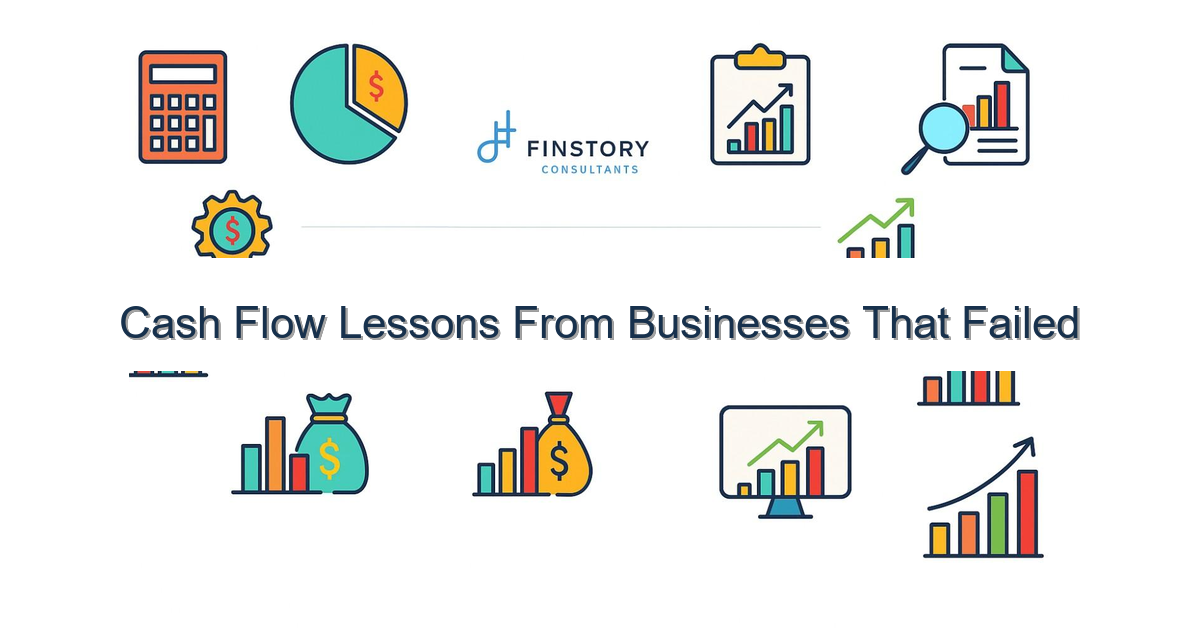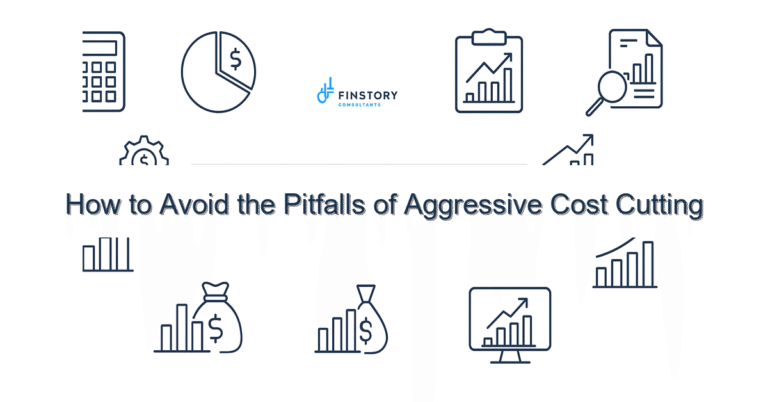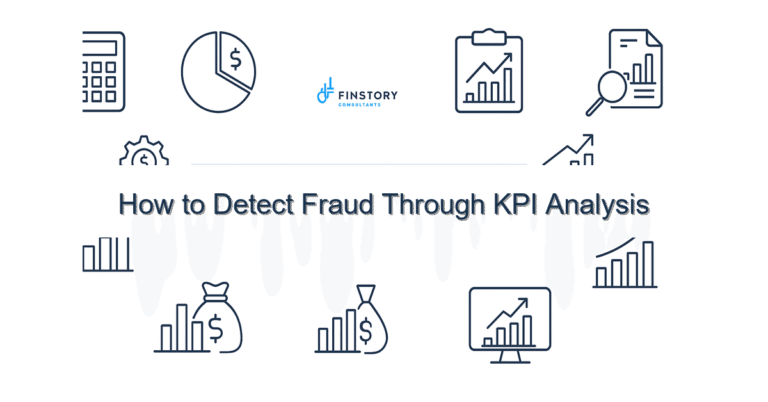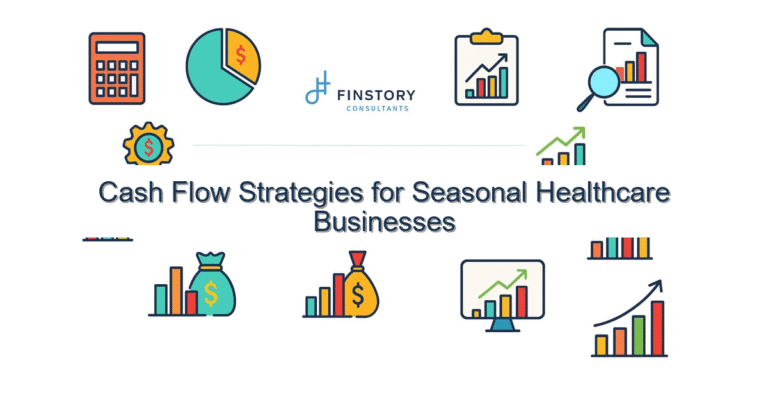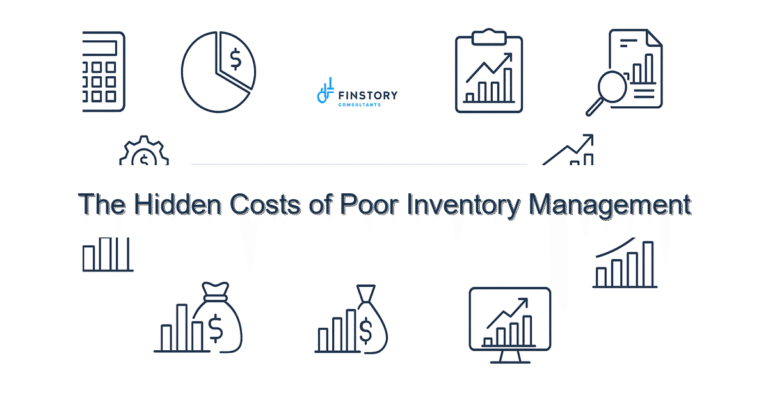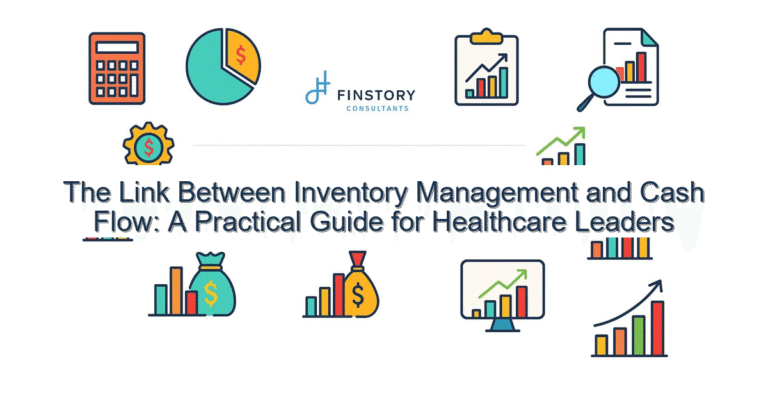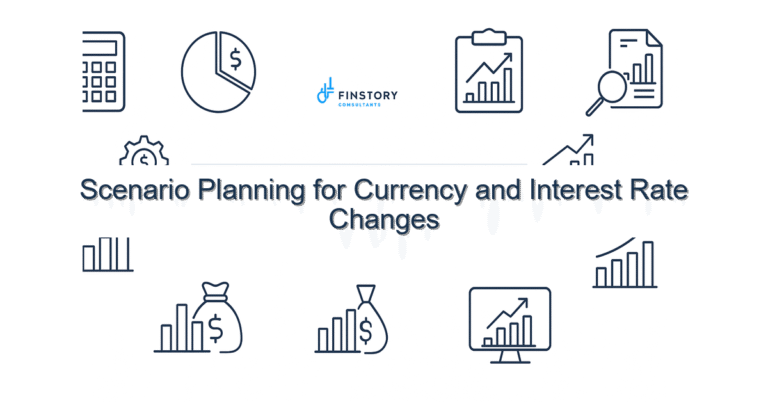Cash Flow Lessons From Businesses That Failed
Cash problems don’t show up as dramatic failures; they creep in as missed payrolls, delayed supplier payments, and boardroom surprise. If you run finance or operations in healthcare, you’ve felt that slow squeeze — and you don’t want your organization to be next.
Summary: The key takeaway: treat cash as an operational signal, not just an accounting line. Put simple, repeatable forecasting and collection practices in place, own the weekly rhythm, and you’ll avoid liquidity shocks that take down otherwise healthy organizations.
What’s the real problem?
Healthcare leaders often assume revenue visibility equals cash visibility. But billing cycles, denials, payer lags, and seasonal volumes create a gap between services rendered and money in the bank. That gap is where organizations fail.
- Symptom: Finance reports show “profit” but the bank balance is shrinking.
- Symptom: Recurrent surprises — payroll borrowing, emergency vendor holds.
- Symptom: Growth plans delayed or cancelled because of unexpected cash constraints.
- Symptom: Manual, month-end forecasting that can’t inform weekly decisions.
What leaders get wrong
Leaders are trying hard; the mistakes come from how attention is allocated.
- Overconfidence in accrual accounting: They treat booked revenue as spendable cash.
- Waiting for month-end: Forecasts updated once a month are stale for day-to-day cash decisions.
- Underinvesting in collections: Denials and aging AR aren’t just operational headaches — they are loss of cash.
- Fragmented ownership: No one owns the weekly cash outlook, so nothing changes until it’s urgent.
A better approach
Shift from reactive firefighting to a weekly, operational cash rhythm. Focus on the few actions that move cash quickly.
- Step 1 — Measure what matters: Create a 13-week cash forecast that is fed weekly, not created monthly.
- Step 2 — Own the weekly rhythm: Assign a cash owner who publishes a short dashboard every Monday with bank balance, forecast vs. actual, and top 3 risks.
- Step 3 — Attack conversion: Prioritize denials, high-aging AR, and top 10 P.O. vendors for payment terms.
- Step 4 — Run scenarios: Have ready playbooks for a 10%, 20%, and 30% cash shortfall — what to delay, what to accelerate.
- Step 5 — Automate reporting: Use tools to eliminate manual pulls so leadership gets timely numbers they can trust.
Real-world story: a 120-bed community hospital was three weeks from a liquidity crisis. They stood up a simple 13-week forecast, focused collections on the top 5 payers and top 10 denials, and moved to weekly cash calls. In 60 days they cut average DSO from 68 to 38 days and extended runway by six weeks — enough time to negotiate a bridge line and stabilize operations.
Quick implementation checklist
- Run a 13-week cash forecast this week based on bank balances, payroll, and scheduled payer receipts.
- Assign a cash owner for weekly updates and a 15-minute Monday cash call with operations and clinical leads.
- Pull an AR aging report and list the top 20 accounts/payers by dollars and days outstanding.
- Identify three denial reasons driving the most dollars and assign owners to clear them.
- Negotiate or reaffirm payment terms with your top 5 vendors; ask for extended terms where possible.
- Lock down any non-essential discretionary spend and pause one pending capital project.
- Set up a simple dashboard in Power BI or your BI tool showing bank balance, expected receipts, and burn-rate.
- Create three short scenarios (best, base, stress) and the one-sentence action for each.
- Communicate the plan up and down the organization — clarity reduces panic and aligns priorities.
What success looks like
- Forecast accuracy for the 13-week cash model: improve to 90–95% within 2 cycles.
- DSO reduction: 25–45% improvement in 60–120 days (example: 68 → 38 days).
- Weekly close/cash reporting cycle time: reduced from days to hours (dashboard-driven).
- Cash runway extension: add 4–12 weeks of runway through operational changes and collections.
- ROI on effort: small automation + process changes delivering 2–4x return in recovered cash vs. implementation cost.
Risks & how to manage them
- Risk: Forecasts are ignored. Mitigation: Make the weekly cash call mandatory and short; require a decision on the top risk each week.
- Risk: Collections overload operations. Mitigation: Prioritize the highest-dollar items and automate payer follow-ups to reduce manual work.
- Risk: Leadership fatigue. Mitigation: Keep reports concise, highlight only exceptions and actions, and celebrate small wins to maintain momentum.
Tools & data
Use finance automation to reduce manual data pulls: bank feeds, AR automation, and integrated billing data speed up accuracy. Power BI (or your BI tool) can turn those feeds into a one-page weekly leadership report that shows cash, burn, and top risks. Make leadership reporting action-oriented — one page, three bullets, and the ask. That’s how you turn data into decisions.
Next steps
If this resonates, start with a quick diagnostic: a 30-minute review of your current cash rhythm and one-week snapshot. We’ll show you where the gaps are and what to fix first.
Work with Finstory. If you want this done right—tailored to your operations—we’ll map the process, stand up the dashboards, and train your team. Let’s talk about your goals.
📞 Ready to take the next step?
Book a 20-min call with our experts and see how we can help your team move faster.
Prefer email or phone? Write to info@finstory.net
or call +91 44-45811170.
